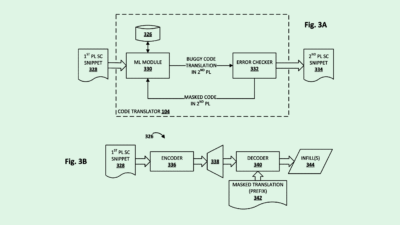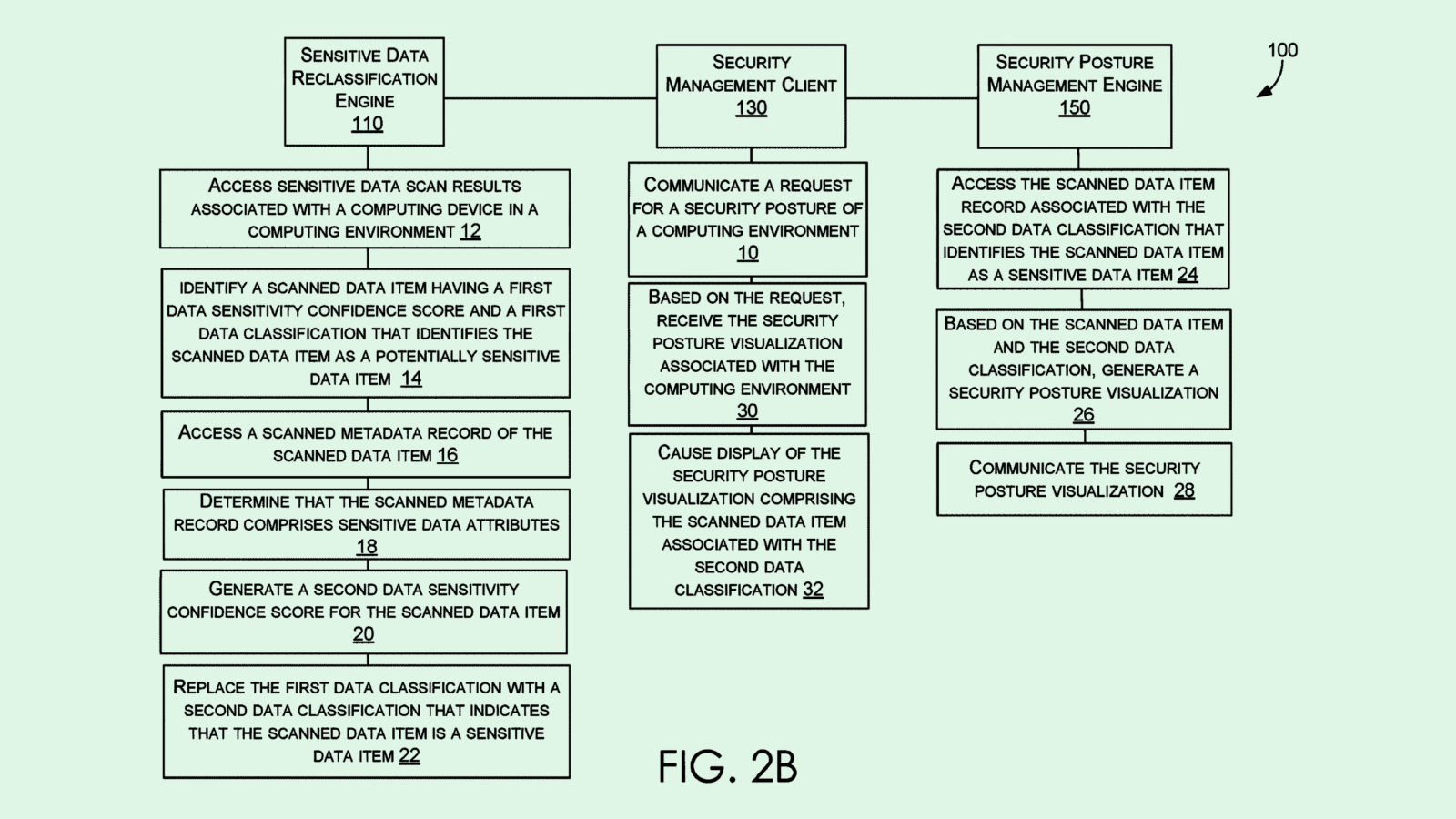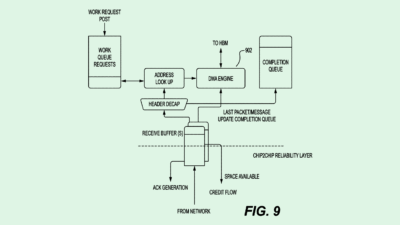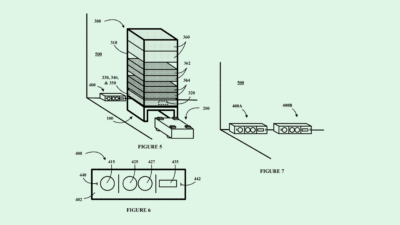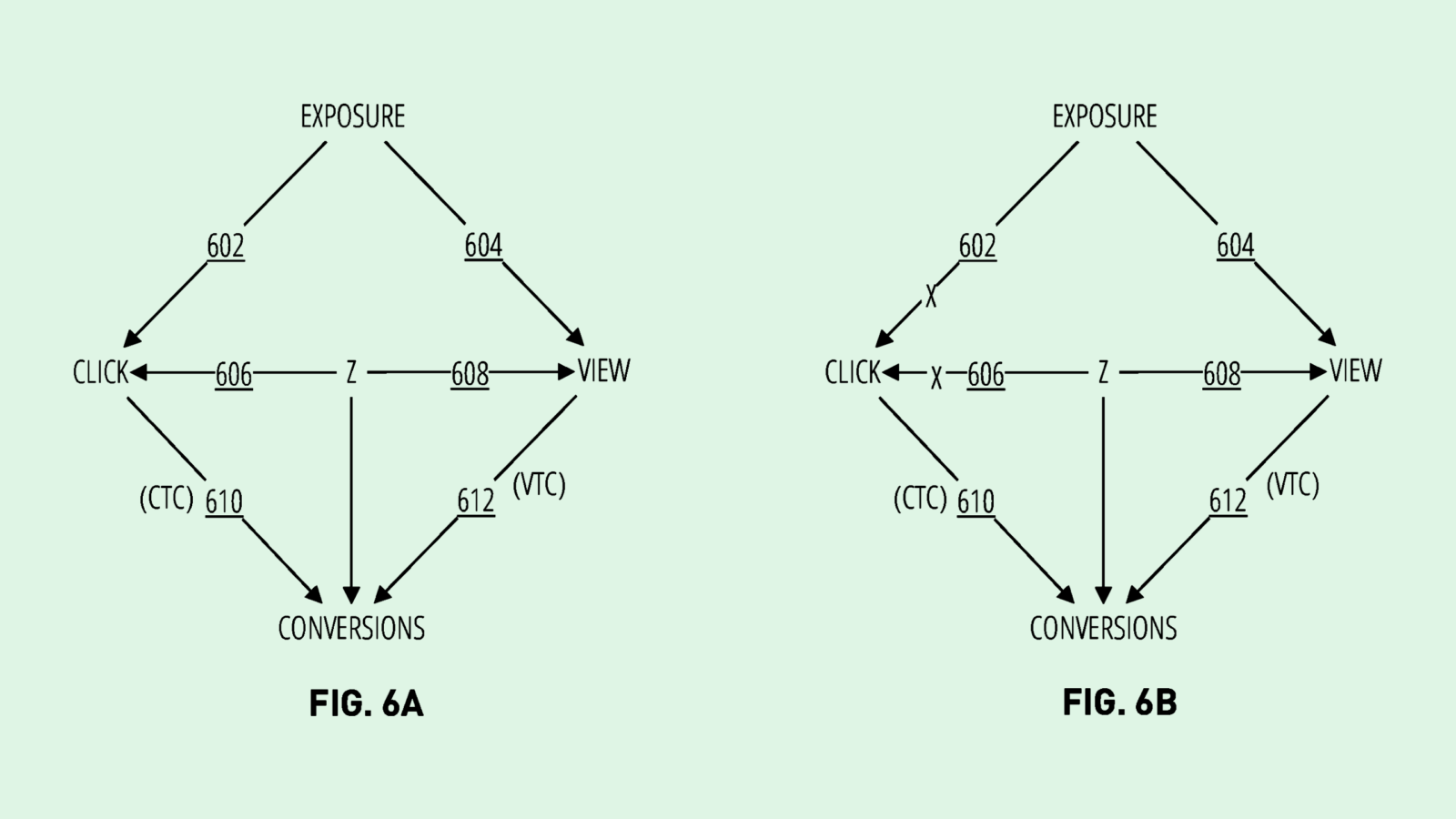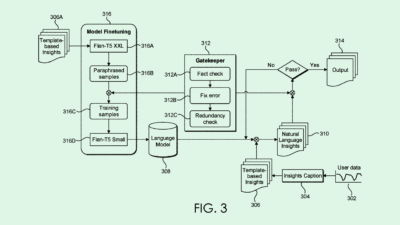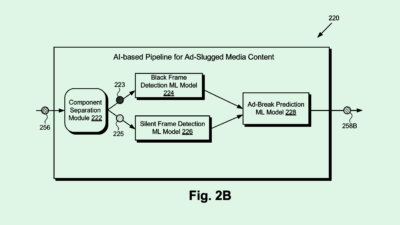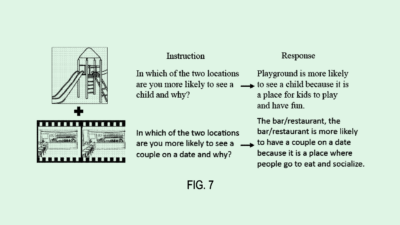Intel’s IP ‘Land Grab’ Highlights Lagging in Robotics, AI Market
Intel is “playing catch-up” in robotics – and AI as a whole, one expert said.
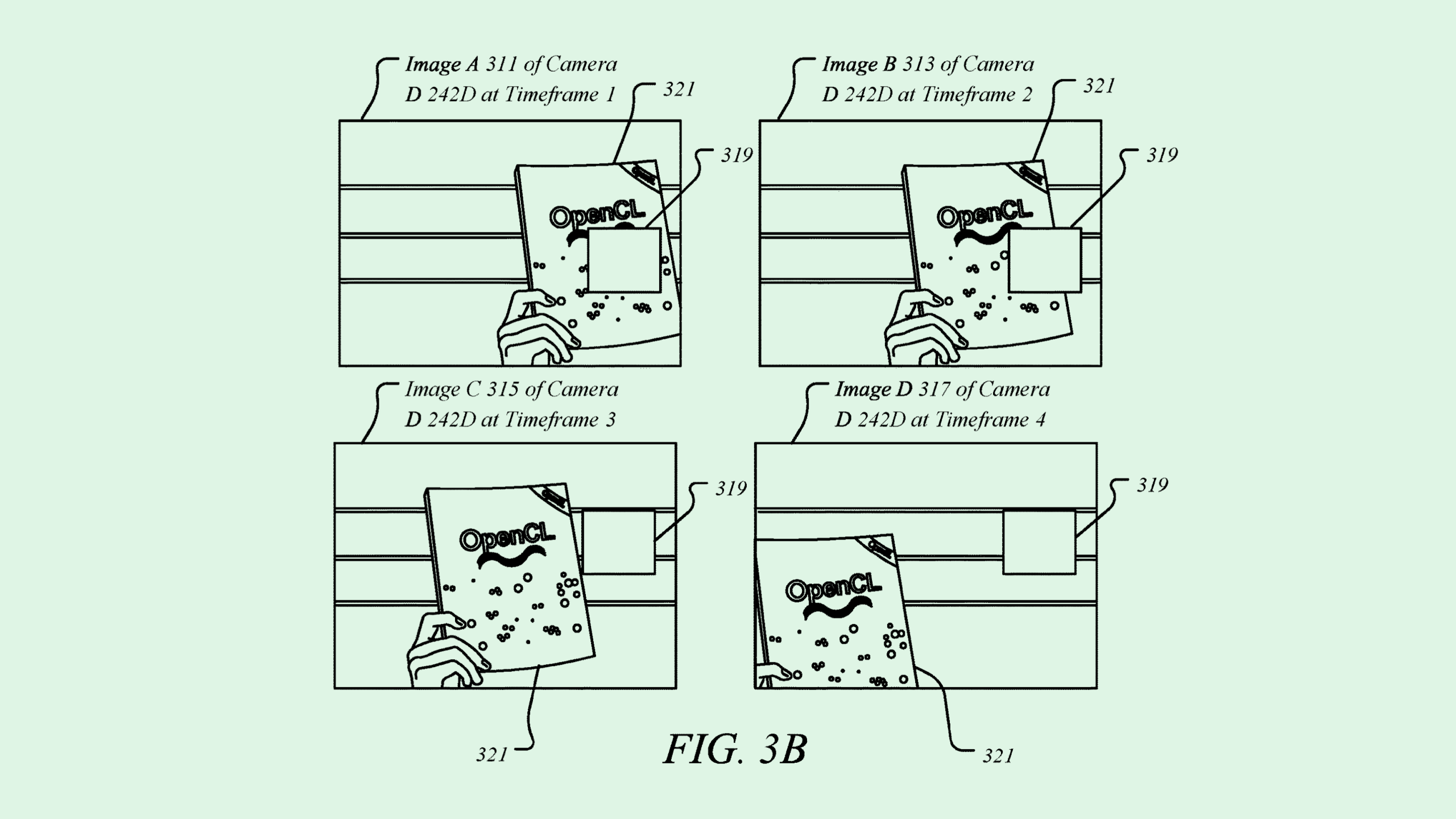
Sign up to uncover the latest in emerging technology.
Intel wants to make sure there’s no smudge on the lens.
The company filed a patent application for real-time detection and correction of “compromised sensors in autonomous machines.” Intel’s tech relies on deep learning to determine whether or not certain sensors can reliably collect data.
Though conventional techniques collect data from multiple sources to offer “some redundancy to guarantee the accuracy,” Intel noted that “these conventional techniques are severely limited in that they are incapable of dealing with or getting around those sensors that provide low quality or misleading data.”
To overcome this, this system uses deep learning — neural networks extract higher-level insights from data to detect and process any images from sensors that may be unclear. When it picks up that an image is unclear, it tracks down which sensor the image may have come from, and course-corrects by switching to an alternative sensor. This way, the machine can continue operating without issue.
For example, if a robot working on a factory floor relies on LIDAR sensors to get around, and one of those sensors is occluded by a technical malfunction, a crack, or even debris on the lens, the system would quickly detect the issue and switch to a different sensor so work is unimpeded.
Though Intel’s tech could help make sensors more reliable, its method of doing so is “kind of an obvious thing to do,” said Rhonda Dibachi, CEO at Manufacturing-as-a-Service company HeyScottie. At its core, this patent creates backup sensors in the event of a failure — something that’s a must when making machines, robots, and vehicles safely autonomous.
So why go for something so obvious? “It’s a land grab,” said Dibachi. “In the semiconductor manufacturing business, they use patents as a defensive strategy. Because semiconductor manufacturers, particularly those in the fab business, steal each others’ intellectual property.”
Plus, as it stands, Intel is “playing catch-up” in robotics, she said — and AI as a whole. In contrast, the success of chip giant Nvidia has only “brought that to the fore,” said Dibachi. This is evidenced by the recent cost-saving measures the company has had to employ, including cutting 15,000 employees to save $10 billion and potentially shaving off assets by selling businesses, Reuters reported earlier this week.
“In the ‘90s, they were the bomb, right?” said Dibachi. “And like any company that’s at the top of its food chain, it’s easy to convince yourself that you’re still No. 1 decades after you’ve lost that position.”
The problem with Intel is that its chips have been “overly commoditized,” said Dibachi, or reduced down simply to their specs and price. “The brand does not matter.”
And while grabbing up IP and expanding “more software on top of their hardware” may stand to help Intel grab an inch, the thing that could bring it forward a mile is focusing on sustainability, said Dibachi. “A way to get out of the commoditization, if they can get a significantly greener chip, that would do it.”

